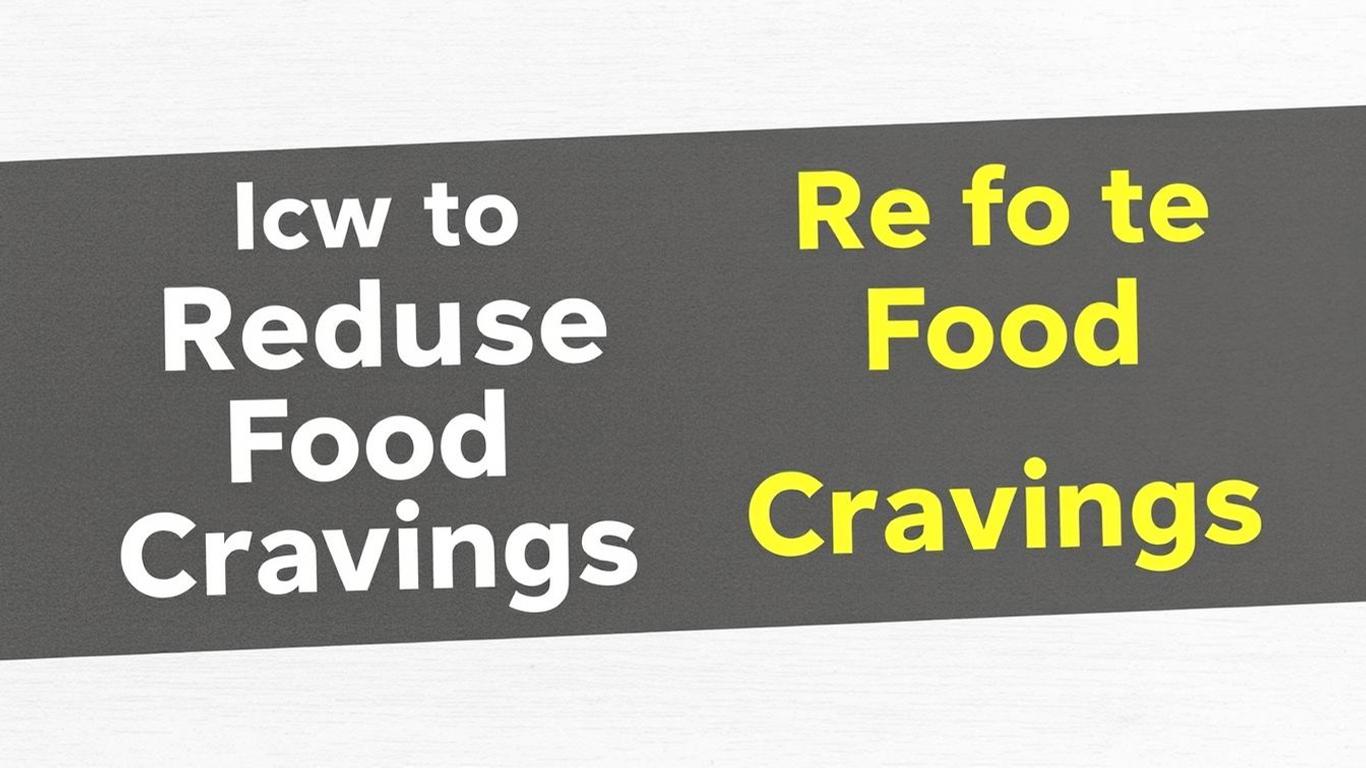
Food cravings can derail even the most disciplined eating plans. Whether you’re trying to lose weight, maintain a balanced diet, or simply stay away from sugar, intense cravings for salty, sweet, or fatty foods can feel overpowering. But don’t worry—there are several natural strategies that can help you reduce food cravings and stay on track.
Understand the Root Causes
Before diving into tips, it’s important to understand what causes cravings. They often stem from:
-
Nutritional deficiencies (e.g., craving chocolate may mean you’re low in magnesium)
-
Emotional triggers like stress, boredom, or sadness
-
Hormonal imbalances, especially during menstrual cycles or pregnancy
-
Blood sugar spikes and crashes, which create cycles of hunger and craving
-
Dehydration, which is often mistaken for hunger
Identifying the root cause can help you tailor your approach more effectively.
Eat Balanced Meals
One of the most effective ways to combat cravings is by eating balanced, nutrient-dense meals that stabilize blood sugar. Include:
-
High-quality proteins (like lentils, eggs, chicken, or Greek yogurt)
-
Healthy fats (such as nuts, seeds, olive oil, or avocados)
-
Fiber-rich carbs (vegetables, legumes, whole grains)
These foods slow digestion and keep you fuller longer, making you less likely to reach for a sugary snack.
Stay Hydrated
Often, we mistake thirst for hunger. Drinking plenty of water throughout the day can naturally curb cravings. Try starting your meals with a glass of water or herbal tea to reduce overeating.
Get Enough Sleep
Sleep deprivation increases levels of ghrelin (the hunger hormone) and decreases leptin (the fullness hormone). This hormonal imbalance can lead to stronger cravings, especially for high-carb and high-fat foods. Aim for at least 7–8 hours of quality sleep per night.
Manage Stress
Stress-induced cravings are real and often tied to comfort foods. Mindful practices like yoga, deep breathing, journaling, or simply taking a walk can help manage stress and reduce emotional eating. Adaptogens like ashwagandha and holy basil may also support the body’s stress response.
Add Natural Craving Busters
There are specific foods and habits that can naturally fight cravings:
-
Cinnamon helps stabilize blood sugar.
-
Chia seeds expand in your stomach, promoting fullness.
-
Fermented foods like kimchi, yogurt, and kefir support gut health, which in turn helps regulate appetite.
-
Green tea and herbal teas like peppermint or fennel can suppress appetite and satisfy oral fixation.
You might also find it helpful to indulge in healthy versions of comfort foods. For example, a delicious Saag Paneer recipe made with spinach and low-fat paneer can satisfy savory cravings without derailing your diet.
Use Distraction Techniques
Cravings typically peak and fade within 15–30 minutes. If you feel a craving coming on, try distracting yourself. Call a friend, do a quick workout, or engage in a creative activity. You’ll often find the craving has passed by the time you finish.
Plan Your Treats
Deprivation often backfires. It’s okay to indulge occasionally—but plan it. Have a small square of dark chocolate after dinner or schedule a weekly treat. This helps avoid bingeing and makes your eating plan more sustainable.
Track Your Triggers
Keep a food journal to log what you eat, when cravings occur, and what emotions you’re feeling. Patterns will emerge that can help you identify and manage triggers.
Conclusion
Reducing food cravings naturally is about balance, mindfulness, and consistency. You don’t have to rely on willpower alone. By understanding the root causes of your cravings and making small lifestyle changes—from staying hydrated to including gut-friendly foods—you can regain control and enjoy a healthier relationship with food. Remember, it’s not about perfection, but progress.